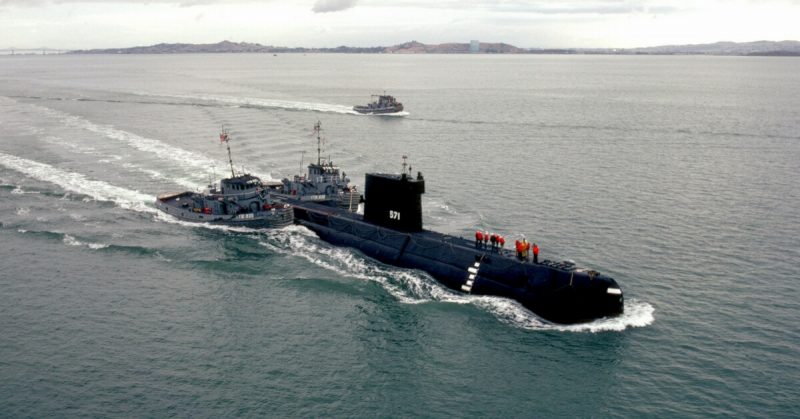Diesel-powered U-boats had to surface every day for four hours to recharge the batteries. It significantly increased their exposure, and hence vulnerability. Even after the invention of the snorkel, a method for underwater operation while using diesel the engine, the problem was solved only partially. Snorkels had imposed operational and habitable penalties on the submarine’s operations. While snorkeling, submarines couldn’t move at high speeds and extended cruising on diesel underwater led to a dangerous CO2 build-up of in the submarine’s compartments. The real breakthrough in submarine capabilities came with the development of a nuclear submarine, which could be underwater for several months.
The Cold War between two superpowers, U.S. and USSR, had many “fronts”. The competition involved all three elements: space, land and water, and even underwater.
The invention of the first nuclear-powered submarine USS Nautilus (SSN-571) was so important that it could be compared with the first human flight to the moon. It is hard to imagine the emotions of the people who were the first crew of this submarine. What could be the effects of radiation on sailors who had to undergo a long-term stay in the reactor proximity? How safe was it really? A big government project could become a real triumph or a terrible catastrophe.
The submarine USS Nautilus (SSN-571) got its name from the famous novel “Twenty Thousand Leagues Under the Sea” by Jules Verne, as well as in honor of the other submarine which was involved in World War – II USS Nautilus (SS-168).
The vessel design efforts were led by Hyman George Rickover (January 27, 1900 – July 8, 1986) – four-star admiral of the US Navy who is known as the “Father of the nuclear fleet.”
Admiral Hyman Rickover was born in a Jewish family in the town of Makow Mazowiecki (these days it was part of the Russian Empire, now Poland). Forced by the anti-Jewish pogroms of 1905, the family emigrated to the United States.
After four years following the Congressional approval of a nuclear submarine program for the US Navy, “Nautilus” was ready for its maiden sail, and Eugene Wilkinson, its first Captain, transmitted a historic message: “Underway on nuclear power.”
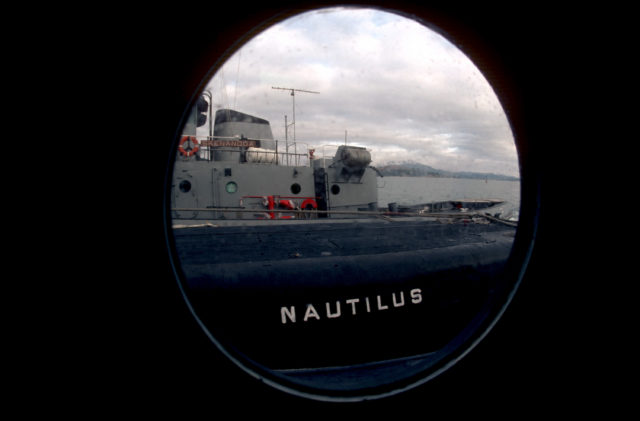
Eight months later, September 30, 1954, the submarine was approved by the US Navy. The crew of “Nautilus” consisted of 13 officers and 92 sailors. The submarine was equipped with six 533-mm bow torpedo tubes and carried 24 torpedoes aboard. Contrasted with the diesel-electric boats, “Nautilus” was characterized not only by the presence of a new power plant, but also by the housing design, the location of cisterns, premises, and other facilities.
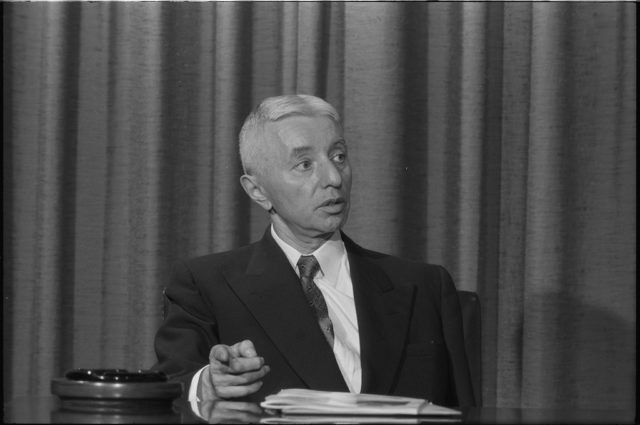
Nautilus had a deadweight of about 4,000 tons, it was equipped with twin-shaft nuclear power plant with total capacity of 9860 kW and was capable of reaching a speed of over 20 knots.
On August 3, 1958, Nautilus accomplished the first undersea voyage to the geographic North Pole.
The “Nautilus” design had significant shortcomings. The mass-to-power ratio of the nuclear power reactor had been vast, so designers failed to house a part of the intended arsenal. The reactor shell alone weighed about 35 tons, while the weight of the biological protection, which comprised lead, steel, and other materials layers, reached about 740 tons.
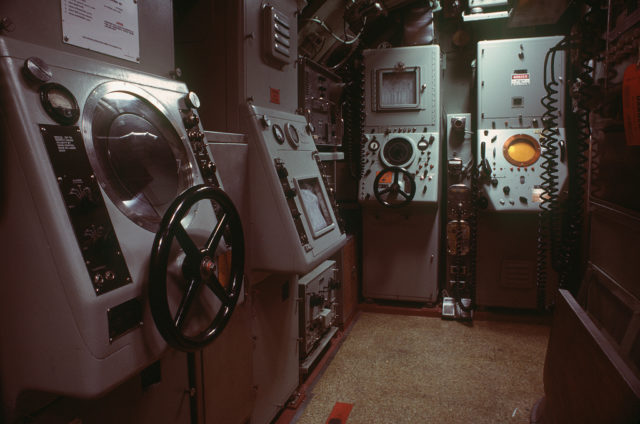
Another problem was the noise that came from the working generator turbines. They produced a vibration that made boat’s sonar useless at a speed of 4 knots: the submarine became “deaf” while the noise-exposed it to enemy sonars. This major disadvantage was taken into account in the next generation nuclear submarine design.
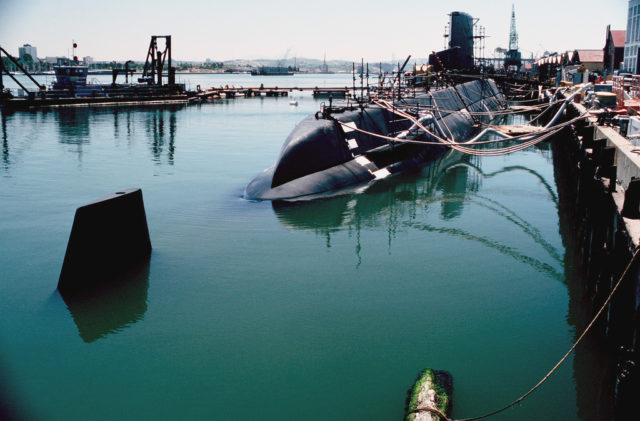
On May 8, 2002, submarine USS Nautilus (SSN-571) ended its service and went into retirement in the same city where it launched on 21 January 1954: Groton, Connecticut.
Nowadays Nautilus is one of the exhibits of Submarine Force Library & Museum that is located next to the Naval Submarine Base New London, Groton, Connecticut.
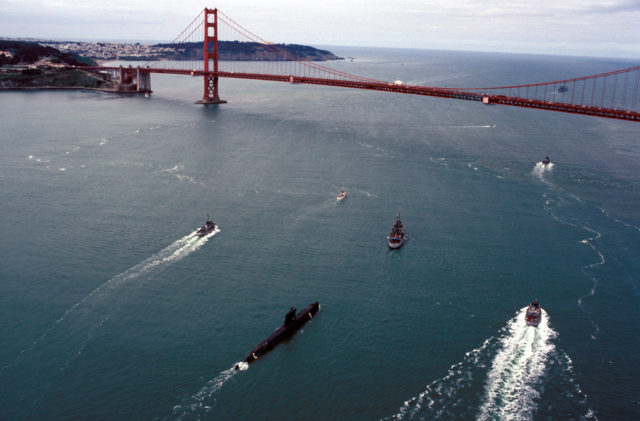
See more images of the legendary submarine at PICRYL, the largest public domain repository and search engine.
Author: Tatiana Kiryukhina
Picryl is a cross-platform application that allows finding traces of history in rare, ancient books, photos, posters and postcards from hundreds of sources like Library of Congress, The Internet Archive, and NASA. With convenient search tools and crowd-sourced tags — it’s one place for all your historical photography research needs.Follow them on Facebook or Twitter.
All pictures provided by the author.
